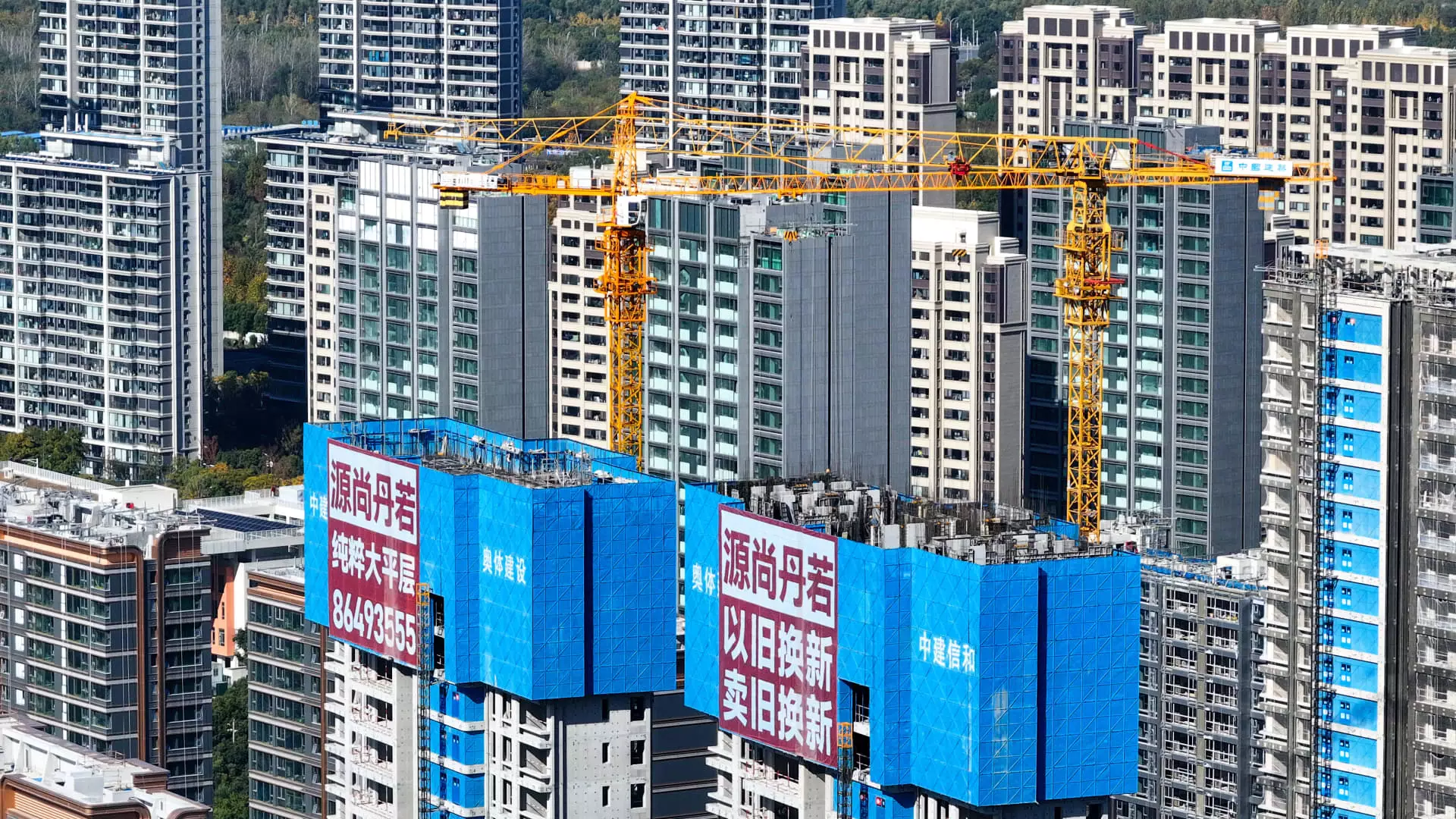China’s economic landscape is currently characterized by a cautious and measured recovery process, with government stimulus measures introduced in late September aiming to bolster growth. However, the anticipated resurgence has yet to manifest broadly across various sectors. As the world’s second-largest economy grapples with a challenging recovery trajectory, data and corporate earnings reports reveal a nuanced situation where optimism and real growth appear to be at odds.
Government intervention through stimulus packages has sparked some improvements in specific sectors, notably real estate and manufacturing. However, businesses remain skeptical about the immediate benefits of these measures. For instance, Meituan, a leading food delivery service, reported minimal changes to its average hotel order values, indicating that while there are signs of recovery, they are not strong enough to suggest a robust economic rebound. Meituan’s CFO, Shaohui Chen, articulated a sentiment resonating across industries: the positive impacts of stimulus initiatives will require time to permeate various consumer sectors fully.
This cautious narrative was echoed during earnings calls from heavyweights such as Alibaba and Tencent, who emphasized that although stimulus measures are encouraging, they will not yield immediate results. The overarching concern remains whether these gradual enhancements will accumulate into a more significant economic uplift capable of achieving the government’s growth targets for both this year and the next.
Economic analysts highlight the delicate balancing act the Chinese government undertakes in administering stimulus—strategically designed to safeguard financial stability while attempting to invigorate growth. According to Gabriel Wildau of Teneo, the intention is not to unleash a deluge of financial aid but rather to implement measures incrementally, assessing data to guide future actions. This approach reflects a prioritization of technological self-reliance and national security, ideas that resonate deeply within China’s strategic economic planning.
Indications from preliminary economic indicators for November suggest a continued, albeit moderate, upward trend. The Caixin purchasing managers’ index (PMI) revealed a slight uptick in manufacturing activity, reaching its highest levels since June. Meanwhile, the official PMI also showed improvement, signaling cautious optimism. Yet, the contraction in employment for the third consecutive month emphasizes that the positive effects of stimulus are still not translating into job creation, which is crucial for long-term economic recovery.
The external environment adds another layer of complexity to China’s economic recovery. Recent actions by the U.S. government, including new restrictions on Chinese chipmakers and proposed tariffs on imports from China, have intensified geopolitical tensions. These developments create a backdrop of uncertainty that influences market confidence and business outlook. The China Beige Book’s survey highlights this sentiment; businesses are apprehensive about external pressures significantly affecting their operational frameworks.
Despite the challenges, there are indications of an uptick in retail spending and home sales when compared to the previous year. This suggests that consumers are beginning to respond to government incentives, albeit with caution. Yet, this temporary boost might wane if there isn’t a strong commitment from the government to provide continued support.
Investor attention is now turning to the upcoming annual economic planning meeting scheduled for mid-December, where vital decisions regarding fiscal support and economic strategy will be made. Analysts anticipate that China’s Ministry of Finance will signal further support for the economy, especially as the recovery process continues to encounter hurdles. However, this potential help emphasizes the broader narrative: a predicted economic recovery that is fraught with instability, requiring vigilance from both the government and businesses alike.
While certain sectors show signs of improvement in China’s economy, the overall situation remains complex and intertwined with various factors, including external geopolitical tensions, consumer confidence, and careful policy adjustments by the government. Stakeholders are left navigating a landscape where growth is anticipated but may be more gradual and uncertain than previously hoped.

